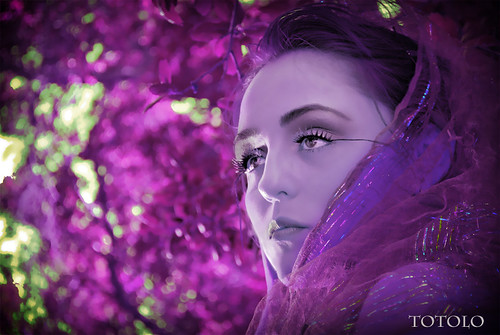As luck would have it, the client has temporarily shelved the NY commercial. They're very pleased with our work but are restructuring their ad campaign. So, since I have no images to show, I thought I could at least share my lighting plot:
A lighting plot, for me, is a lot like a screenplay. Once I have internalized the project, and have put something down on paper, I have the confidence to formulate a plan. That plan can change, but as long as I have my lighting plot, I feel grounded. Much as the structure of a screenplay can change, so too, can the lighting plot.
I drafted this in LA, after several conversations and what seemed like a flurry of e-mails. And of course things did change pretty radically once I arrived in New York.
The plot I have drawn is for two setups that would occupy the same 40'x30' studio space. Once I arrived we determined we would need much more room, and shooting the two setups wasn't practical. We created a splinter unit to handle the "B" shoot, and we focused on the bigger portion.
We settled on a 7,200' sq. foot studio in Brooklyn known as Brooklyn FireProof Stages (www.brooklynfireproof.com). This was a lot larger than I had anticipated, but I could extrapolate my lighting needs from the plot and still execute a plan.
We added two additional 5K fresnels stage L&R downstage and skirted the fall off from the back wall. I diffused these with LEE 250 and scrimmed them down so they would evenly illuminate the far corners of the stage so the performers could roam the stage without the lighting dropping off.
I removed the 5K upstage, camera left, because I added an additional camera downstage, camera right, with a 16mm lens from a low angle on a dolly. The 5K was in the shot and just didn't look like it belonged there. I replaced it with a 1K PAR with 216. It's a light that people are used to seeing at performances and just blended in better.
BTW, all 5K's were hung from the grid.
I scrapped the idea of using LED Versatubes because we wanted everything on set to be pure white. So I substituted Kino Flo florescent tubes of various lengths (2', 4', 8'). We stripped the florescent tubes from their cases and hung them vertically from the grid. Our director, came up with a neat idea to gang several of them together in clusters so they resembled crystals, or icicles. We didn't know how we were going to do this but simply tethering them with black trick line and flagging the back light off the line worked well and sold the gag. They ended up looking like they were floating in space.
As far as the Entour Mac movers, we ended up with 750 watt units, not 250, which for camera, is a lot of power. I asked the board op. to vary the output between 10-16%. I fitted the Fuji Cabrio with a mono-filament to create those flares that everyone loves, and the movers were on stage for that specific reason. I had four in the grid for texture and three on the floor to shoot into the lens intermittently.
I learned a new term, what I refer to as Palace Lights are called "Groundies" in New York. These are small units placed on the floor that fill in the shadows created by spotlights, or lighting at a high angle in a grid. I had six of these in two banks controlled by a pair of variacs.
My biggest gag was creating the 8 foot Hype Williams Starlight, but I think this article is getting a little long so I'll go into that one another time.
Cheers.


1 comment:
Hey Bill,
There are a lot of great posts in here! I was curious about the mono-filament being used for flare - I haven't tested it, but just how that works.
Do you have pics of your Hype Williams gag and the Crystal gag? i'd really love to see those
Post a Comment